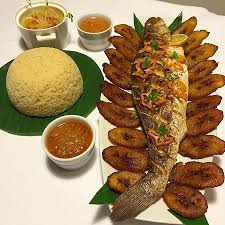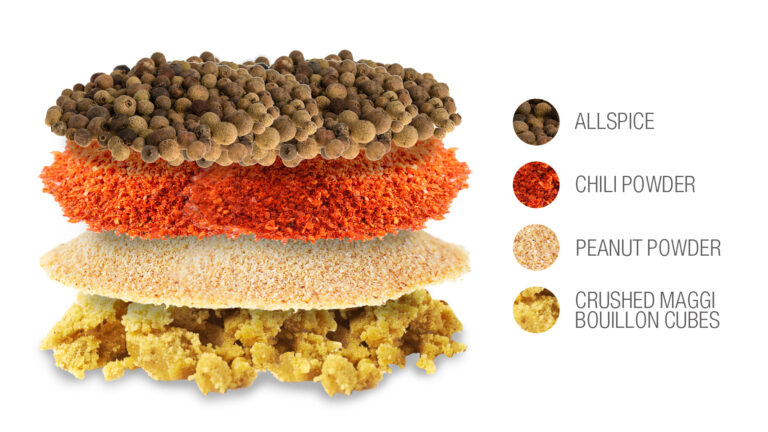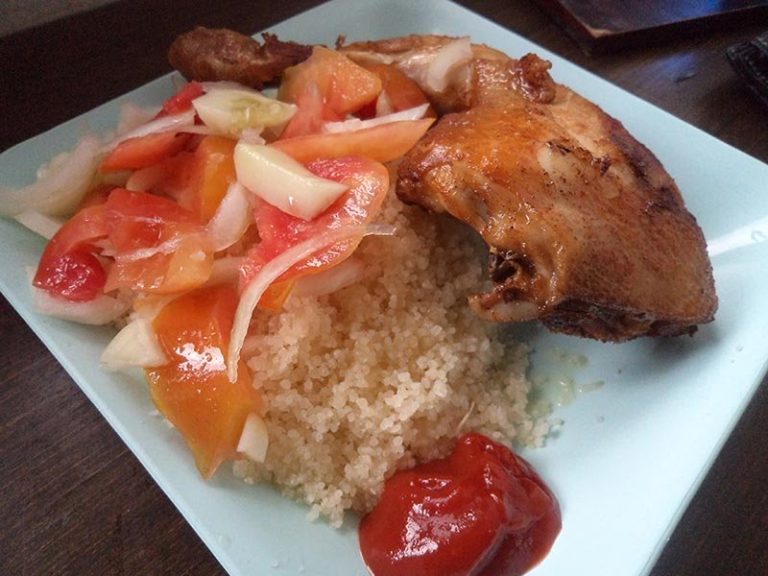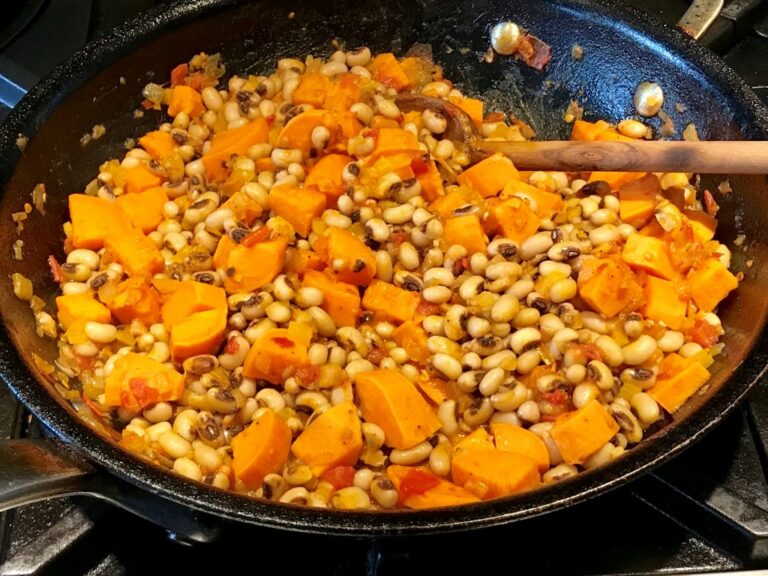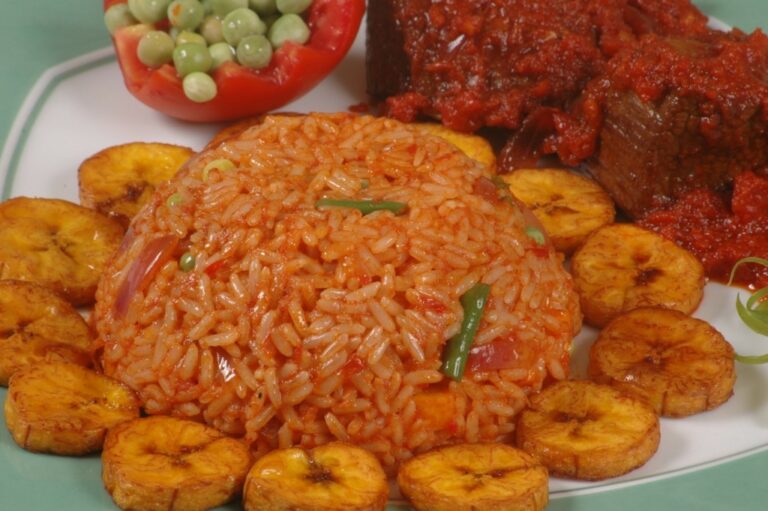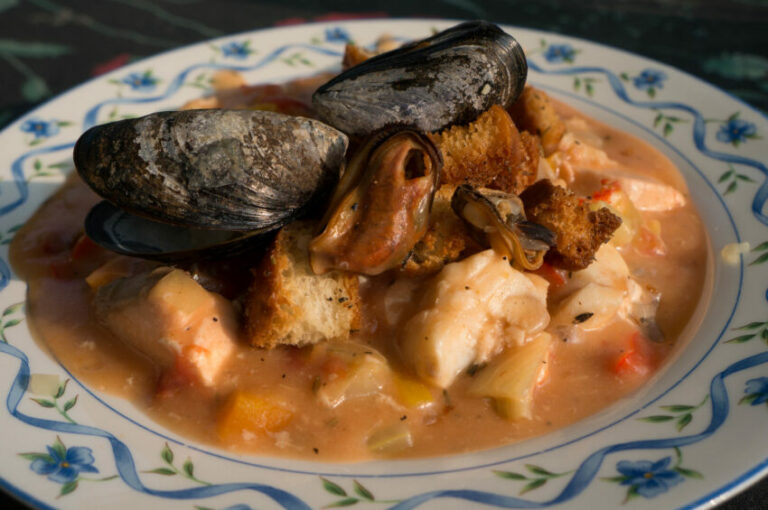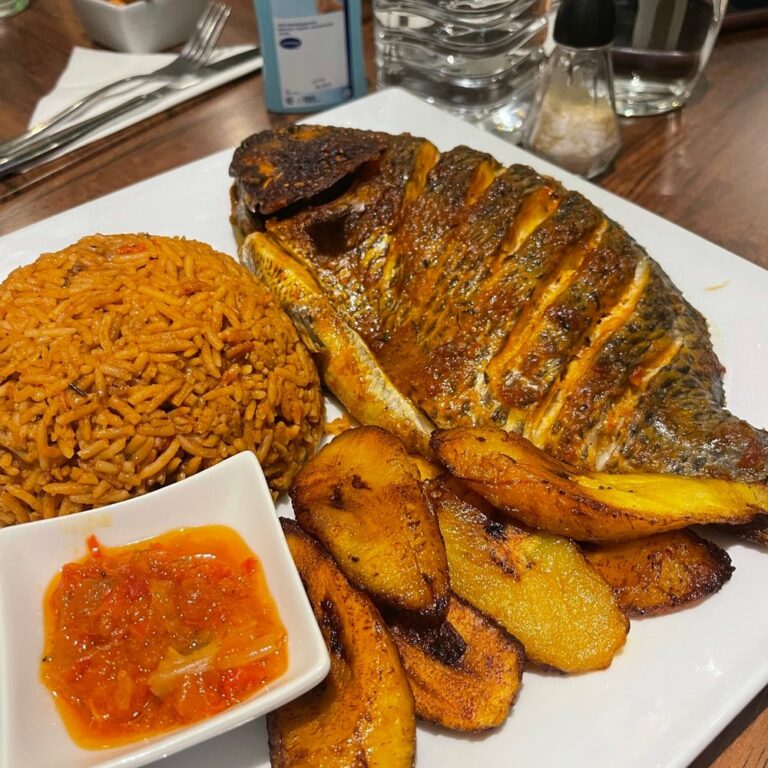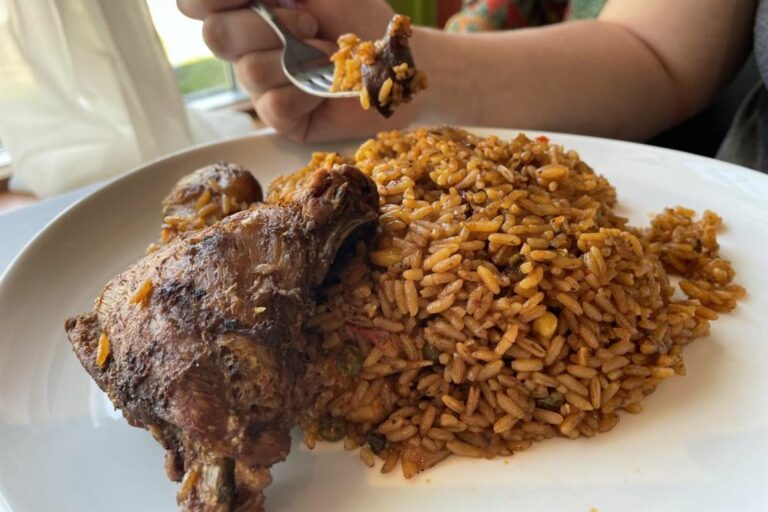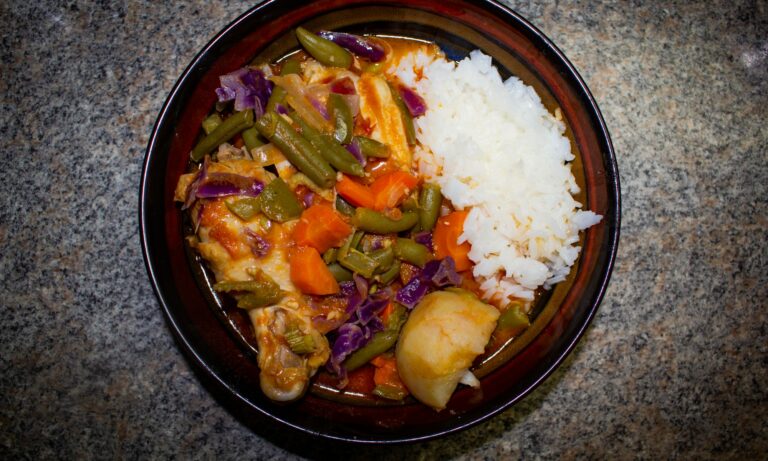Introduction to Beninese Cuisine
Benin is a small West African country that boasts of a varied and rich culinary heritage. Beninese cuisine is a unique blend of African, European, and American influences. The traditional dishes in Benin are a reflection of the country’s cultural and ethnic diversity.
West African Culinary Traditions
West African cuisine is characterized by a wide range of ingredients, cooking techniques, and flavors. The cuisine is influenced by the region’s geography, climate, and historical interactions with other cultures. The primary staples in West African cuisine are grains, tubers, and vegetables. These ingredients are often accompanied by meat, fish, or dairy products. West African cuisine is known for its bold and spicy flavors, which are achieved using a variety of spices and herbs.
Ingredients Used in Beninese Cuisine
Beninese cuisine uses a variety of ingredients that are typical of West African cuisine. The primary staples in Benin are maize, cassava, yams, and rice. These ingredients are often used to make porridges, stews, and soups. Other common ingredients in Beninese cuisine include peanuts, beans, okra, and palm oil.
Popular Dishes in Benin
Some of the most popular dishes in Benin include Akassa, a fermented corn cake; Gboma Dessi, a spinach stew with tomatoes and onions; and Pate, a cassava-based dish served with tomato sauce and fish. Other popular dishes in Benin include Amiwo, a sweet porridge made from corn flour, and Yovo Doko, a dish made with chicken, vegetables, and palm oil.
The Role of Spices in Beninese Cuisine
Spices play a crucial role in Beninese cuisine. The most commonly used spices in Benin are ginger, garlic, pepper, and clove. These spices are used to flavor dishes and add depth to the flavors. Spices are also used for medicinal purposes in Beninese cuisine, as they are believed to have healing properties.
Influences on Beninese Cuisine
Beninese cuisine is influenced by the country’s history of trade and colonization. The Portuguese introduced chili peppers and tomatoes, which have become a staple in Beninese cuisine. The French also left their mark on Beninese cuisine, introducing bread, coffee, and wine. The country’s proximity to Nigeria has also influenced its cuisine.
Comparing Beninese Cuisine to Other West African Cuisines
Beninese cuisine shares many similarities with other West African cuisines. The primary staples in Benin are also used in other West African countries. However, Beninese cuisine has its unique flavor profile, which is a result of the country’s cultural and ethnic diversity.
Conclusion: What Makes Beninese Cuisine Unique?
Beninese cuisine is unique due to its blend of African, European, and American influences. The country’s cultural and ethnic diversity is reflected in its cuisine, which features a wide range of ingredients and flavors. The use of spices also sets Beninese cuisine apart from other West African cuisines. Overall, Beninese cuisine is a reflection of the country’s rich history and cultural heritage.

